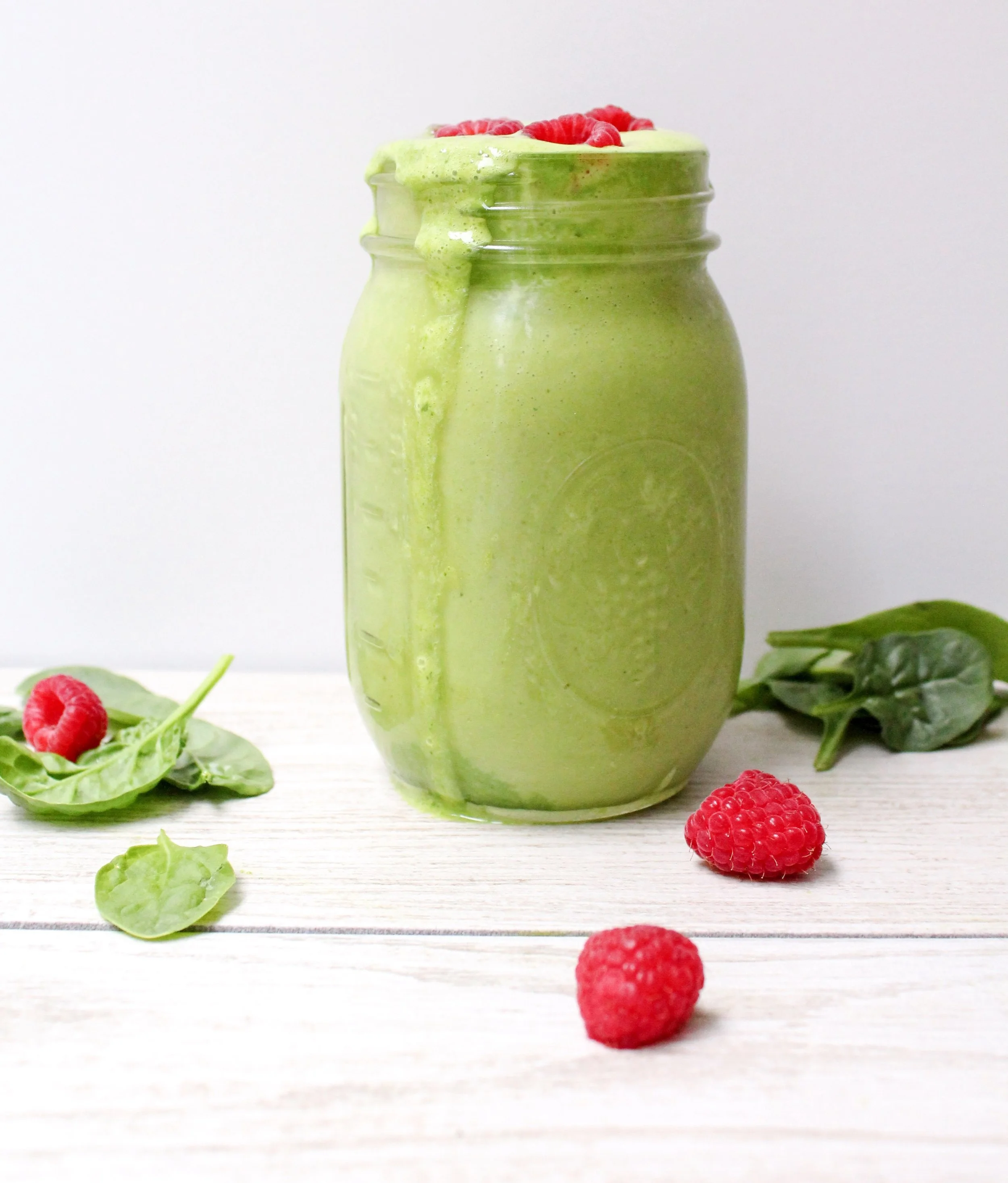How To Decode Food Labels & Health Claims
Most healthful eating advice you’ll get will (and should) emphasize the consumption of whole real foods. These foods are filled with important nutrients and packaged perfectly by nature in beneficial ways that we have yet to even fully understand. Plus, consuming whole foods means you don’t need to worry about sneaky ingredients or deciphering confusing labels and marketing strategies. An apple is an apple.
That being said, not all packaged foods need to be avoided. There are amazing brands and products today that make healthful eating affordable and attainable. But deciphering the good from the bad is not easy. Packaging plastered with nutrition buzzwords and health claims can create health halos around not-so-nutritious products. All-natural, organic, non-GMO, gluten-free, probiotics, prebiotics, collagen, paleo, high-protein, local, functional, multi-grain, sugar-free, high-fiber, low-carb and superfood are just a sampling of the words you’ll see marketed on products. These labels don’t necessarily reflect the healthfulness of a product. Often times, they’re quite misleading.
How do you really know if a food item is nutritious? Ignore the front, turn the package over and read the nutrition facts label and ingredient list. While front-of-package labeling can be utilized for marketing, the nutrition facts label can’t lie (for the most part). For example, a bag of granola might advertise its high protein content and organic ingredients, but when you look at the nutrition facts label and ingredient list, you find that it’s mostly sugar and refined grains.
Skimming the back of packages doesn’t need to be tedious or all-consuming either. With a few simple steps you’ll have the info you need to make quick and informed decisions while strolling the grocery aisles. Don’t take a food brand’s word for it. Feel confident and empowered to choose nutritious foods with this guide to decoding food labels.
Read the Ingredients
There’s a surprising amount of information you can glean from the ingredient list. Before you even get caught up in the details of the nutrition facts label, check out the number of ingredients and which ones are listed first.
As a general rule of thumb, look for short ingredient lists. The less ingredients, the less likely the food contains additives and highly processed ingredients that don’t provide much nutritional benefit.
Ingredients are listed by quantity from highest to lowest. This means the more whole food ingredients at the top of the list, the better. You’ll also want to watch out for sneaky advertisements of nutritious ingredients that are listed at the very end of the ingredient list. A bag of chips that advertises its spinach content but lists it as item 15 barely contains any actual spinach.
Try to avoid products that list sugar and refined grains at the top of the ingredient list. Don’t forget sugar comes in many forms, too. Here’s a sample of some names to look out for:
Sucrose
Glucose
Maltose
Fructose
Corn Syrup
Corn Syrup solids
Brown rice syrup
Agave
Barley malt
Dextrin
Dextrose
Molasses
Evaporated cane juice
Beet sugar
Cane sugar
Fruit juice concentrate
2. Check the Serving Size
Because nutrient quantities listed in the nutrition facts label are based on the serving size, this is often a good idea to check before getting into the details of the nutrition facts label. Compare the serving size to how much you’ll actually eat in order to determine how much of all the nutrients you’ll really be consuming (i.e. 1 serving of a bottled drink might only be half of the bottle, so if you’re going to drink the whole thing you’ll want to be sure you’re multiplying everything by 2).
Note: Serving sizes are not necessarily the suggested amount you should be consuming. Don’t worry about whether or not you’re eating that amount.
3. Reduce added sugar, saturated fat, and sodium
Added sugar: The newest version of the nutrition facts label now includes a separate line for added sugars (this doesn’t include naturally occurring sugars you find in fruit and milk, for example). Less than 10 percent of your daily calories should be from added sugars. The less sugar, the better.
Saturated fat: There’s been a little bit of controversy surrounding saturated fat recently and whether or not it poses as much of a heart-disease risk as we once thought. But the bottom line: It’s not a nutrient you want to be consuming in excess (and opting for healthy polyunsaturated fats—like those found in nuts and seeds—is best). The 2015-2020 Dietary Guidelines recommends consuming less than 10 percent of calories per day from saturated fats.
Sodium: The majority of sodium in American’s diets doesn’t come from table salt or home cooked meals. The sneaky salt found in packaged foods and prepared meals is the main culprit. Excess sodium can contribute to water retention, high blood pressure, and other cardiovascular disease risk factors. Aim for less than 2,300 mg of sodium a day.
4. Increase fiber, vitamins, and minerals
Fiber: There are so many benefits that come with consuming more fiber. It helps feed the beneficial bacteria in your gut, stabilizes blood sugar (which is important for regulating appetite hormones), keeps you full, can help lower cholesterol and maintain a healthy weight.
Vitamins & Minerals: The nutrition facts label lists Percent Daily Values for vitamin D, calcium, iron, and potassium. These are key nutrients that many Americans don’t eat enough of and are especially important to pay attention to if you’re at risk for any deficiencies. That being said, there are other key vitamins and minerals that may not be listed on the nutrition facts label that are still important. Just because a food item doesn’t have a lot of iron doesn’t mean it’s not high in other nutrients like vitamin A, for example.









